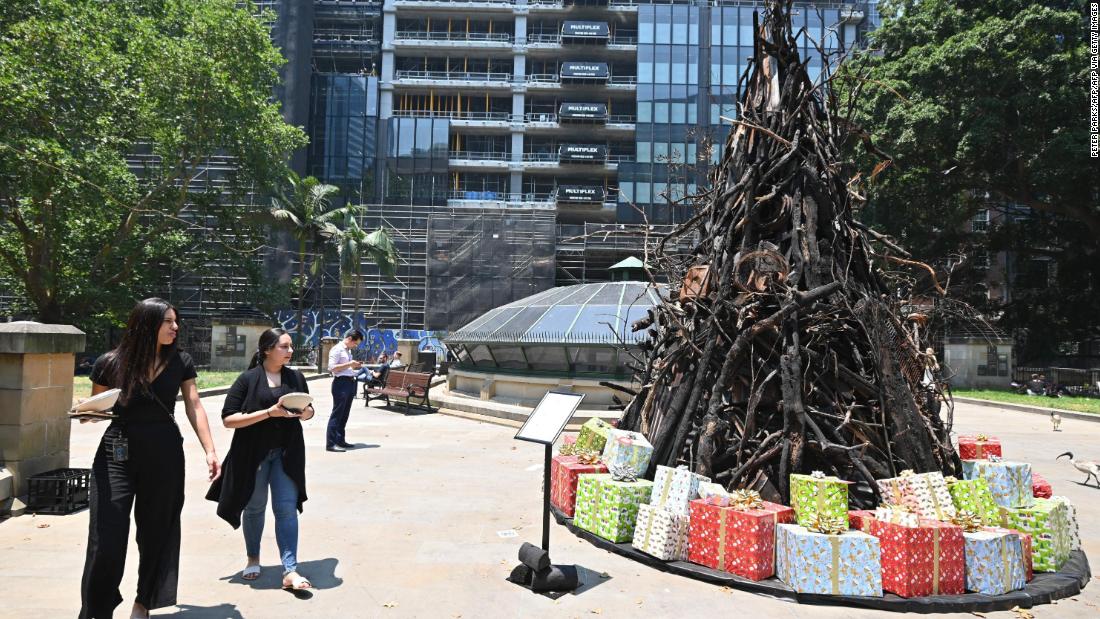[ad_1]

A new volume sheds light on the intellectual currents animating the mid-century Catholic literary renaissance.
Early in the Gospel of John, the soon-to-be apostle Philip searches out one Nathanael to share momentous news: The Christ prophesied in the Scriptures has been found, a man named Jesus from Nazareth. Perhaps expecting a more prominent or at least a more rabbinically attested town to be named, Nathanael balks: “Can anything good come from Nazareth?” Philip’s reply echoes Christ’s own: “Come and see.”
And, at least according to tradition, Nathanael truly did: He, too, became one of the apostles (sometimes referred to as Bartholomew) and shared intimately in the sufferings of the Messiah.
Over 1,800 years later, the political theorist and high-profile Catholic convert Orestes Brownson would cite that Scripture passage when criticizing the New England Transcendentalists. Identifying their popular sentimentalism and political posturing as pseudo-mystical moral relativism, he bemoaned what they had lost: “[Ralph Waldo] Emerson . . . had turned his back on the ‘good things out of Nazareth.’”
This theologically charged engagement in the public square led one of the 20th century’s most important Catholic literary critics to echo Brownson’s use of Nathanael’s famous phrase. Editing what would become classic works by fellow Catholics Flannery O’Connor and Walker Percy, Caroline Gordon wrote the latter in 1951 that “this is the season when the good things come out of Nazareth.”
Gordon’s announcement came in the wake of the Catholic literary renaissance that bloomed in early-20th-century France thanks to visionaries such as Léon Bloy, François Mauriac, and Georges Bernanos, many of whom found ample support in robust cultural organizations such as the French Academy. Who would expect the next phase of that renaissance to bud in backwaters such as Sewanee, Tenn., and Milledgeville, Ga.?
In Good Things Out of Nazareth: The Uncollected Letters of Flannery O’Connor and Friends, Benjamin Alexander collects letters by O’Connor, Percy, Gordon, and a host of others who have had more than a little influence on the shape of 20th-century fiction as we have inherited it. By presenting the letters of more than a dozen authors and other correspondents in dialogue with O’Connor and each other, Alexander employs a technique of literary historiography in attempting to understand these authors’ works and lives in communion with temporally overlapping luminaries such as older critics and younger scholarly compatriots. What friends of O’Connor have to say among themselves before and after her death, for instance, brings much light to the inner workings of her art and its legacy.
This variegated assemblage of letters might seem daunting to some, especially as they are not arranged in strict chronological order. Alexander, however, has written concise yet detailed headnotes for each one and has arranged them in four chapters keyed to common themes: O’Connor’s correspondence with priests, for instance, or reflections on notable places in a particular region. He draws bold yet warranted judgments in his mini-introductions and keeps a running score, or play-by-play, as it were, of who responds to whom. These “part spiritual autobiography, part literary history” headnotes evince Alexander’s deep knowledge and provocative insights concerning the authors, their faith, and the politico-cultural situations on which they sometimes commented.
Alexander places O’Connor’s understated yet contrarian politics in the context of larger literary discussions. He recovers, for instance, the neglected influence of Brownson, one of the antebellum era’s “leading apologist[s] for the Catholic faith in the United States.” Keenly aware of Brownson’s sufferings during that vehemently anti-Catholic period, O’Connor in a letter to Father James McCown — himself an oft-overlooked figure who helped to popularize O’Connor’s works — sympathizes with Brownson and recommends a biography of him. Alexander explains the import: “O’Connor was knowledgeable of . . . the nationalist political narrative of the Civil War . . . that casts Lincoln as the custodian of the essential principles of the original War for American Independence.” Like Brownson, Alexander argues, O’Connor dissented from that narrative, perhaps in light of “Catholic just war” theory. Readers intrigued by such speculation should follow Alexander’s suggestion to consult Jerome Foss’s insightful study Flannery O’Connor and the Perils of Governing by Tenderness, which makes a perfect companion volume to Alexander’s.
Even with his intellectual heft, Alexander highlights the authors’ refreshing levity. Many O’Connor fans will recall her quip about being frustrated with all too common misunderstandings of her fiction, memorialized in The Habit of Being, her selected letters edited by Sally Fitzgerald: “Anyone who can read the telephone book thinks he can read a story or a novel.” But O’Connor enthusiasts will be delighted to discover in Alexander’s book that O’Connor used the same image to make a very different yet just as hilarious point in a previously unpublished letter to Father McCown: “Some Jesuit wanted to know what you could read to preserve your innocence. Answer: the telephone book.”
Many of these previously obscure, if not entirely unavailable, letters exhibit O’Connor’s trademark wit and deadpan humor. Others will become a trove for quotable gems on O’Connor’s aesthetics for the next generation of scholars. Take the following passage, for instance, from a letter of hers to a priest that last appeared in a Jesuit journal in the late 1970s:
When one writes, or anyway when I do, I have constantly in mind the kind of person I am trying to get my vision across to. For me, this person is always an unbeliever and the strain of making him see is considerable. Perhaps it is too much to ask to make him see. All I really hope to do is disturb him, lose him a night’s sleep maybe.
Though I may affront O’Connor aficionados by saying so, I believe the jewel of this collection is not one of Flannery’s letters; it’s a dispatch from the missionary Roslyn Barnes, whom O’Connor effectively brought into the Church. Alexander includes several of Barnes’s previously unpublished writings to Father McCown from the period after O’Connor’s untimely death. These letters ring with the tough, confident, shining faith of Barnes’s great holiness; she was a saint in the making just like her mentor. In a particularly striking passage written in 1964, Barnes reminds us that human beings attempting to cooperate with God’s grace may often repel us:
One of the things that has hurt, shocked, and scandalized me most is the distortion of love I have found in so many good Catholics. It makes one feel so very bad to be an object of charity, to be used as somebody’s spiritual exercise or good-deed-for-the-day. . . . I think that love on earth must have elements of ugliness, as the Passion of Christ itself did. In this world both saints & lovers look grotesque and repulsive.
Lest I cite all of this volume’s surprises — Walker Percy’s uncannily apropos description of his teaching as “a medical-pathological-psychiatric-anthropological approach,” for instance — I will end with Father McCown’s 1981 assessment of O’Connor’s selected letters, which he had just read:
I am still in a kind of amazement as I try to assess the incredible depth and variety of graces that have been bestowed upon this young woman of such limited environment and experiences, of such a short and restricted life. Yet she was able to cast outward the fruit of these graces upon her family and friends, and upon the people who are fortunate enough to have read her stories.
If Thérèse of Lisieux — a cloistered nun who died at 24 and wrote little — could become, in light of the letters she left, one of the greatest saints of modern times, might Flannery not be far behind?
[ad_2]
Source link


